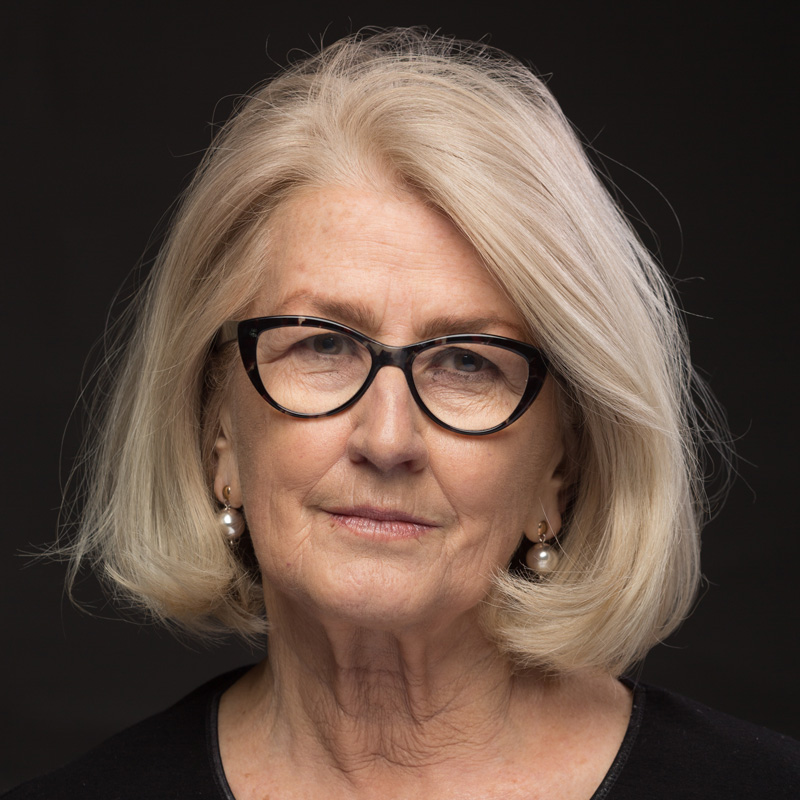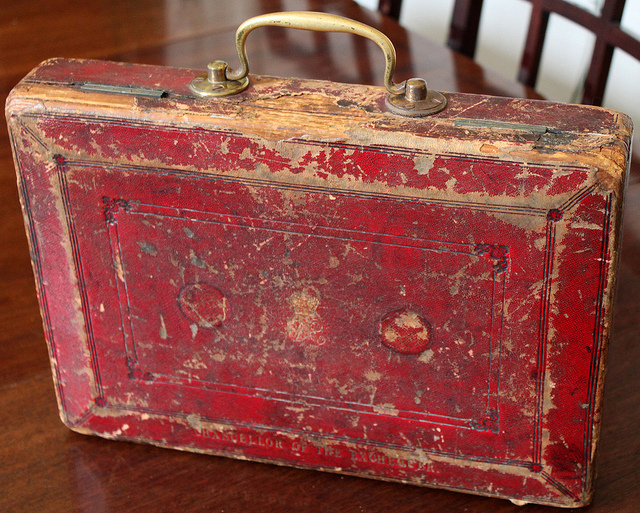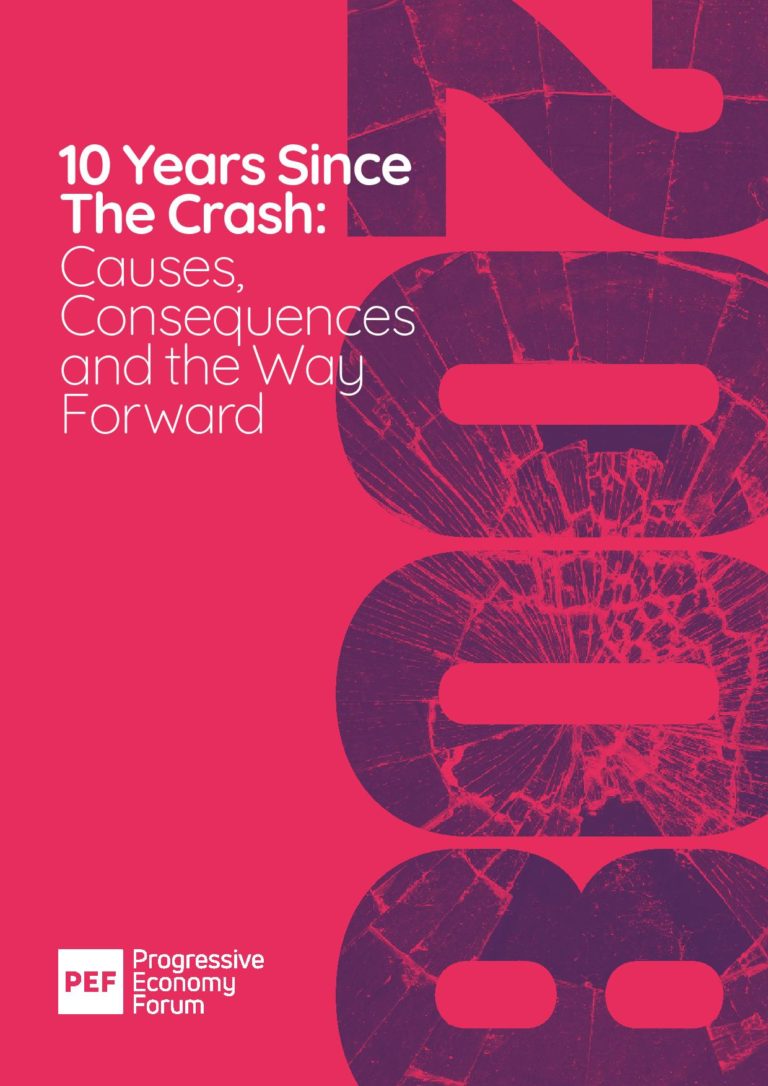The recent debate around capital controls and exchange controls has been confusing, but capital controls would be expected to play a role in a progressive economy.
Last week John McDonnell MP took the opportunity to “make explicit” that a Labour government would not introduce capital controls. The Financial Times covered the story and, like many, got its exchange and capital controls in a tangle.
The UK had various capital controls after 1939 to prevent a run on sterling. After the second world war, the amount of money Britons could take overseas was severely limited and they could not freely invest in overseas assets. Exchange controls in the UK were abolished by Margaret Thatcher in 1979.
Capital controls and exchange controls are not the same thing. Many remember exchange controls as limits over the amount of sterling one could exchange on a foreign holiday. That was before Mrs Thatcher lifted exchange controls in 1979.
Exchange controls, as used in the UK, were a limit on someone’s ability to exchange sterling pound notes for another currency. They also restricted the amount that could be transacted internationally if said transaction required payment to be made in sterling.
Capital controls do not necessarily prohibit or limit sterling (currency) transactions. Rather they make flows of cross-border capital more costly. They do this most commonly by the public authority (invariably the central bank) imposing explicit or implicit taxation on cross-border flows.
The FT story, which was of course brief, also argued this:
The UK had various capital controls after 1939 to prevent a run on sterling.
Capital controls – taxes on the flow of capital across borders – were not there to prevent a run on sterling. Instead they were fundamental to the concept of sovereign economic autonomy – central to Keynes’s theory and policies. By managing cross-border capital flows, governments managed – and stabilised – their exchange rates, but were also empowered to manage the full spectrum of domestic interest rates.
Management of the exchange rate and regulated, low interest rates ensured that entrepreneurs in small firms and corporations were provided with a stable and predictable environment in which to take risks and invest – both at home and abroad.
Today in a world of capital mobility and submissive central banks, entrepreneurs are exposed to a dangerously unstable global economic environment, in which exchange rates move up or down suddenly; interest rates are determined not by public authority but by the market; and the recurrence of financial crises is more frequent. In this new globalised environment, the riskier the enterprise, the higher the market will set the price of money, or interest rate. High real rates (as opposed to the low Bank Rate, which does not apply to entrepreneurs in the real economy) explains the reluctance of today’s entrepreneurs and capitalists to embark on, and invest in, riskier enterprises.
It was the ability to manage cross-border capital flows that empowered democratic governments, and produced what is known by all economists as ‘the golden age’ of 1945-71. This era began to be overturned in the early 1960s as bankers and other financial speculators chafed against controls, and lobbied for their removal. As Ed Conway pointed out in the Times last year (Why The Next Crash Could Hit Britain Hardest) few people have heard of the:
OECD Code of Liberalisation of Capital Movements. But this dry 150-page book is perhaps the single most important document in modern capitalism. An obscure set of legal articles agreed in 1961, it signalled one of the biggest shifts in economic history: a commitment by the Organisation for Economic Co-operation and Development (OECD), the world’s developed economies, to end their capital controls.
Britain – or more specifically, the City of London – led the way, as this Bank of England paper explained (p. 257):
The formal recognition of sterling convertibility took place in February 1961 when the United Kingdom, in company with nine other countries, notified the International Monetary Fund of its acceptance of the obligations of Article VIII of the I.M.F. Agreement. These obligations prevent members restricting current payments without the approval of the I.M.F. and require members, subject to certain provisos, to maintain the convertibility of their currencies.
Britain’s capital controls were lifted long before exchange controls were removed by Mrs Thatcher in 1979. To regain economic autonomy, Britain would have to reverse the radical action taken after the 1960s to end the era of managed capital flows across borders. The deregulation of capital flows transformed the global economy into one favoured by today’s financial ‘globalists’. It left central banks with few tools with which to manage the domestic economy. Instead all open economies are exposed to the whim of often erratic globalised capital markets. Low and middle income countries are particularly exposed.
To reduce the new systemic risks posed by the growing international financial liabilities of footloose banks, hedge funds, asset managers etc. central bankers now deploy macroprudential regulation.
The 2007-9 Great Financial Crisis proved that such tools could not protect economies from catastrophic economic failure.
Today the far right of Mrs Thatcher’s Conservative party clamours to “take back control”. By doing so they reveal their subliminal yearning for that post-war golden era of sovereign economic autonomy when the movement of capital was managed. Yet, the only controls Brexiters demand are controls over the movement of people.
Ironically, and in contradiction to their demand to take back control, Brexiters clamour instead for a “global” Britain: one in which it is “citizens of nowhere”, not a nation’s public authority, that have control over capital flows in and out of Britain.
Photo credit from previous page: Flickr / Philip Brewer






